
And, yes, in 2020, it’s finally confirmed — we should all say “Semrush”, and not “S-E-M-rush” or pronounce it in any other way.
On top of a massive brand revamp, which better reflects the brand’s feel – it’s now brighter, wittier, and much more simple –
I was actually wondering when that would happen, as the last price increase I can recall took place back in 2017. In 4 years, I saw and gained real tangible benefits from thousands of tweaks, new features, and brand new tools introduced within the
Yet, let’s put our objectivity glasses on and take a quick look at only the latest updates introduced throughout the past year to assess if Semrush is truly worth the new price.
Spoiler alert: Of course, it is!
Table of Contents
Semrush Pricing: Old vs New Packages
Now, this is
It’s all pretty straightforward:
- The Pro plan used to be at $99.95/month. From January 4, 2021, new users, and only NEW users, will have to pay $119.95/month. This is a reworked package that now includes expanded sharing options (Read-only) and a lower price per user (if you need to purchase additional seats), which makes it a perfect plan if you’re an individual blogger/marketer, freelancer, or a small agency.
- The Guru plan is now at $229.95/month for new customers. Capabilities included within this updated package are designed to suit growing marketing agencies. Guru users can get access to more reports and historical data storage, Google Data Studio integration, along with creating branded PDF reports for clients. With extended limits, this plan also includes products from Semrush’s Content Marketing toolkit, which makes it a great plan for larger in-house marketing teams as well.
- Semrush pricing for the Business plan currently stands at $449.95/month. It is perfect for larger agencies who are dealing with tons of data every single month and manage digital marketing campaigns for several clients. With more data available (online share of voice estimates are the coolest addition here), you can also make use of the newest Google Data Connector and access the
Semrush API for integrating the suite’s data within your dashboards/tools.
If you are not a single
Get 1-month free trial to Semrush PRO ($119.95 Value)
Brand New Semrush Features You Don’t Want to Miss
When I first started using the
Before deep diving into precise features that I personally can’t live without now, I just want to say that Semrush has improved a lot and has become immensely powerful since the last price increase back in 2017.
Semrush Will Power Up Your SEO Efforts
With the overall SEO industry going mobile, having mobile databases is crucial for any tool that wants to be the ultimate SEO solution.
And
Keyword Optimization Perks
Traditionally, when talking about
Over the past two years – from 2018 to 2020 – its keyword database grew more than 10X, and now includes over 20 billion keywords for over 120 countries – relevant, most recent, spot-on keywords for Google that include search volumes for global and local-level keyword optimization.
Compared to Ahrefs’s 7.5 billion keyword set,
This means that
Even the most basic
- Evaluate keyword potential (with organic and advertising value assessments)
- Pinpoint most high impact keywords (based on Keyword Difficulty, Competition Level, and CPC metrics)
- Get ideas for SERP Feature optimization (Questions and SERP Features for each keyword)
- Check the keyword popularity trend – if you spot a downward trend, optimizing for this keyword might not be worth your efforts.
Once you do preliminary high-level keyword research, you can then move on to working with Keyword Magic Tool for analyzing niche topics and get great suggestions on semantically-related terms and voice search optimization.
This is also where you can actually start working on your optimization efforts, as the tool also gives ideas for keyword clustering, with related questions and broad/exact/phrase matches.
Yet my absolute favorite keyword tool within the entire suite is Keyword Gap!
Because, running this blog for multiple years and working with various clients along the way, I’d eventually run out of keyword ideas. And this is where Keyword Gap can really become a game-changer.
To spot missing and hidden keyword opportunities, you simply enter 4 competitors and your own site to get a side-by-side comparison of keyword profiles:
You can now group and filter out keywords to focus only on those search terms that are missing, untapped, unique, and more (see the screenshot above).
I’m also super excited that
Get 1-month free trial to Semrush PRO ($119.95 Value)
Smarter Link Building
A similar idea is used behind Semrush’s Backlink Gap tool – and, in general, the platform offers incredible link building ideas and backlink tracking software with its Link Building, one-of-a-kind Backlink Audit (for enhancing your own backlink profile), and Backlink Analytics (for competitive insights) tools.
What I find most helpful in my link building efforts is a
This year, Backlink Audit got powered up with a new cool feature – if you connect your Google Analytics to the tool, it now shows the referral traffic counts from a given backlink, which also helps to pinpoint backlink areas that need your extra attention.
Overall,
Extended On-Site and Technical SEO Capabilities
One another area I can call Semrush on being best-in-class is its on-page and technical SEO tools.
If you’re a newbie or haven’t worked on your site’s technical SEO properly, Semrush’s Site Audit is the tool to address, as it’s truly the best site audit on the market.
The tool runs your site through 130 in-depth checks that detect all possible site issues that are hindering your online visibility – from performance and internal linking issues to HTTPS and hreflang implementation (if you’re running a multilingual site) errors.
From a user perspective, Site Audit’s advantage is within its prioritization features – the tool automatically breaks your site health problems into errors, warnings, and notices, which imply the potential impact of this or that harm, once again helping you to start working on fixing issues that might bring the highest benefits to your site’s SEO health.
Since I’ve already gone through all the biggest site health checks within Site Audit, I now mainly focus on another handy
With the help of OPSC, I optimize each newly created page of my site and blog to make sure I’m meeting all the best SEO practices per target keyword.
If you don’t know which page to start with, OPSC will give you some actionable ideas by identifying site pages whose optimization can bring the biggest boost to your site rankings:
In this NYT example, we can see that by implementing around 300 on-page SEO tweaks for 50 pages, NYT could potentially grow its traffic by 1000%!
Essentially, OPSC analyzes the highest-performing pages across the web per keywords your site ranks for and provides suggestions on how you can improve your page and content to get into Google’s top:
Tracking Your Market Positions
The essence of SEO is to increase your market share and market positions. And Semrush has a tool specifically designed to accurately show your SERP positions for a custom set of keywords on any, even the most hyper-local level (down to the ZIP code).
Unlike many others,
In the Landscape tab, you can get a helicopter view at your online visibility (a
The tool has a comprehensive algorithm that shows your fiercest competitors and their SERP performance so that you know who is it you’re standing against:
But as we all know, competition is not always about your rivals. The coolest new update is that Position Tracking now also shows if you’re posing any self-competition for your target keywords with its fresh-out-of-the-oven Cannibalization report:
Semrush Brings Real Competitive Intelligence
While many other tools position themselves as competitive intelligence suites, they often focus on one or two aspects – keywords, backlinks, traffic, or content.
Semrush, however, has all these capabilities included within one suite and even more.
I’ve extensively focused on the platform’s SEO capabilities, yet when it comes to market intelligence, it’s also an amazing suite to have at hand.
I’m an avid user of the Market Explorer tool – whenever I’m starting work with a new client or thinking of expanding my blog to cover new areas, I start with Market Explorer.
The Growth Quadrant widget instantly portrays the market landscape within a given industry (all you have to do is enter your or competitors’ site):
For high-level market analysis, often so expensive to make, this is the go-to tool, as you can instantly see the key market benchmarks:
- overall traffic and traffic trend (if the audience counts overall are declining, you might not want to enter this area);
- market share of key competitors;
- audience acquisition strategies most common within the selected niche;
- and key audience characteristics (geo, age, interests) to help with marketing strategy and assessment of whether this is a suitable new area to explore.
I also find it incredibly useful that the tool now allows you to create a Custom market that only includes this kind of analysis for competitors of your choice.
Then, once the competitive landscape is clear, I normally use more in-depth insights from Traffic Analytics on each rival whose marketing game I want to uncover.
In 2020,
I’ve also played around with the newest Audience Insights report, which shows audience overlaps between my blog and others, giving me ideas for marketing partnerships and helping me to pinpoint my audience potential:
Get 1-month free trial to Semrush PRO ($119.95 Value)
Content Marketing: Full Coverage
I love that
To keep this part brief, I just have to say that Semrush’s content marketing toolkit pretty much covers the entire process: from ideation to performance analytics. And for us, bloggers, operating in ultra-competitive niches, it’s crucial to approach content marketing in the utmost data-driven way.
Semrush’s content tools allow you to create assets that will be both appealing to readers and search engines:
- Topic Research tool helps to choose a hot topic people are most interested in within a given location and even suggests some trending headlines and questions around a certain theme.
- SEO Content Template and SEO Writing Assistant (used it while writing this very post) tools make sure that the copy is following best SEO practices per target keyword within a certain location, collecting insights from the top-10 highest-ranking content pieces on the web.
- Then, I always add my newly-created posts to the Content Analyzer tool that monitors their performance, and if I see lower than average stats, I go back to OPSC we already talked about before and do some on-page SEO tweaks.
Final Verdict on Semrush ‘s New Pricing Plans
Powered with over 40 tools that cover everything from market research to social media ad management, Semrush is the most comprehensive and strong platform for all things digital marketing.
I couldn’t go through each and every feature within one post – it will take hours and hours to cover everything – so I only mentioned my favorite features that I use almost on a daily basis.
Of course,
So, essentially at the price of one solution,
Moreover, once you get through your learning curve, you’ll see how handy it is to manage all your digital marketing business within one platform, as all the
As a final verdict, I say that for users who will be signing up for the platform in 2021, it’s not really about a pricing increase, as they are getting a totally new
Get 1-month free trial to Semrush PRO ($119.95 Value)
If you found this article useful, please share it on Twitter using the link below:
Related Articles

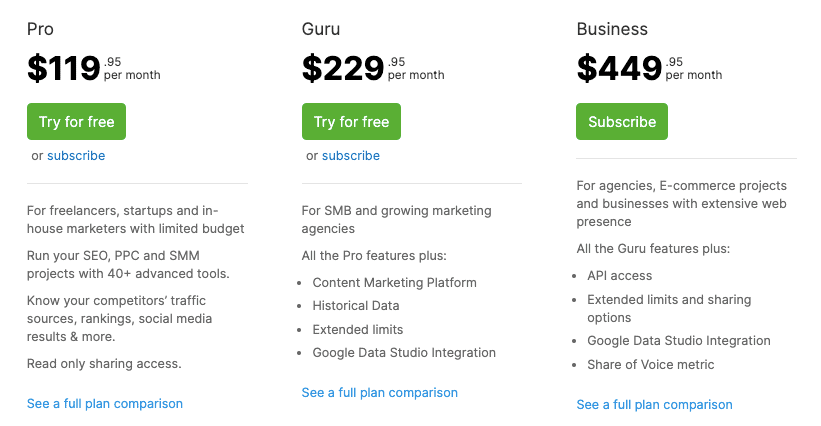
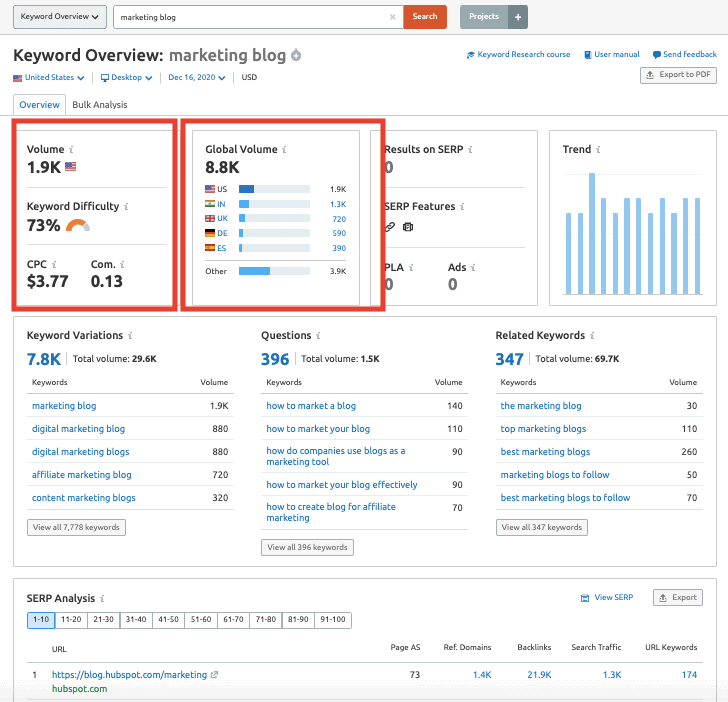
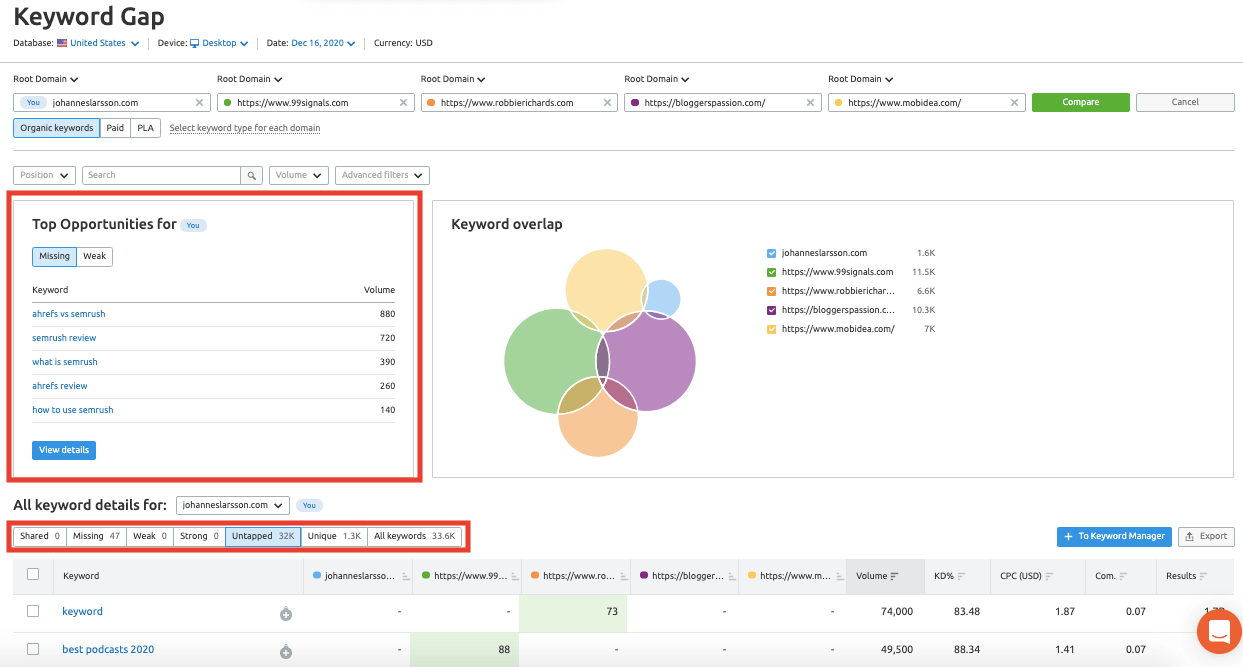
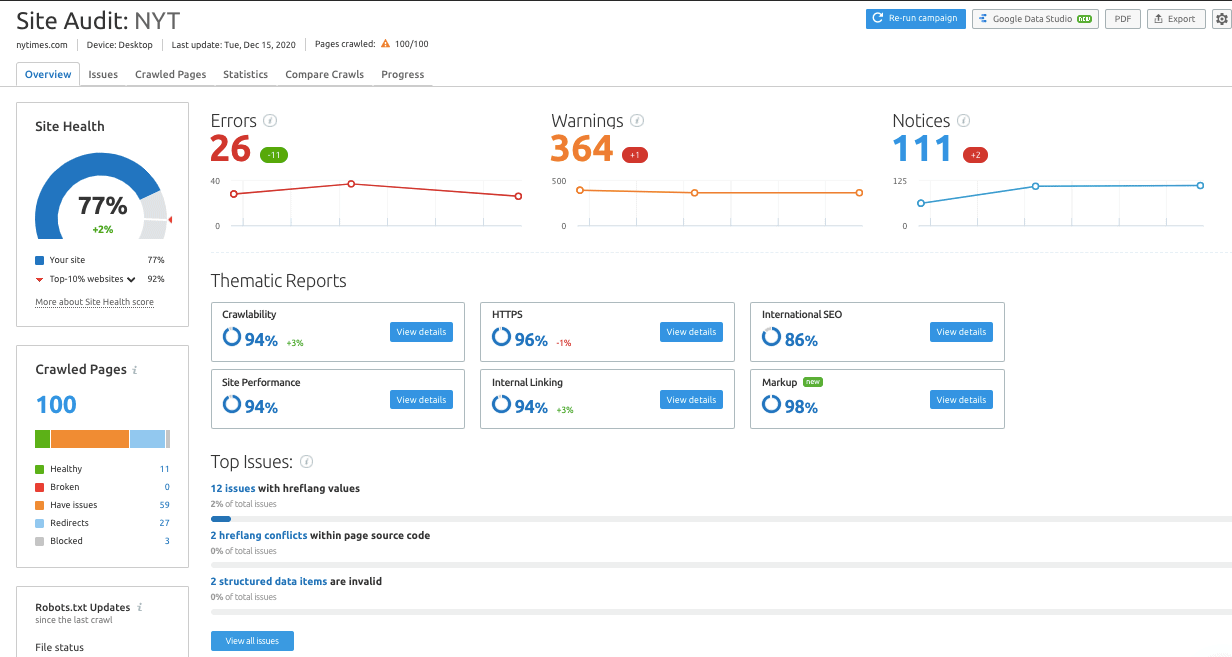
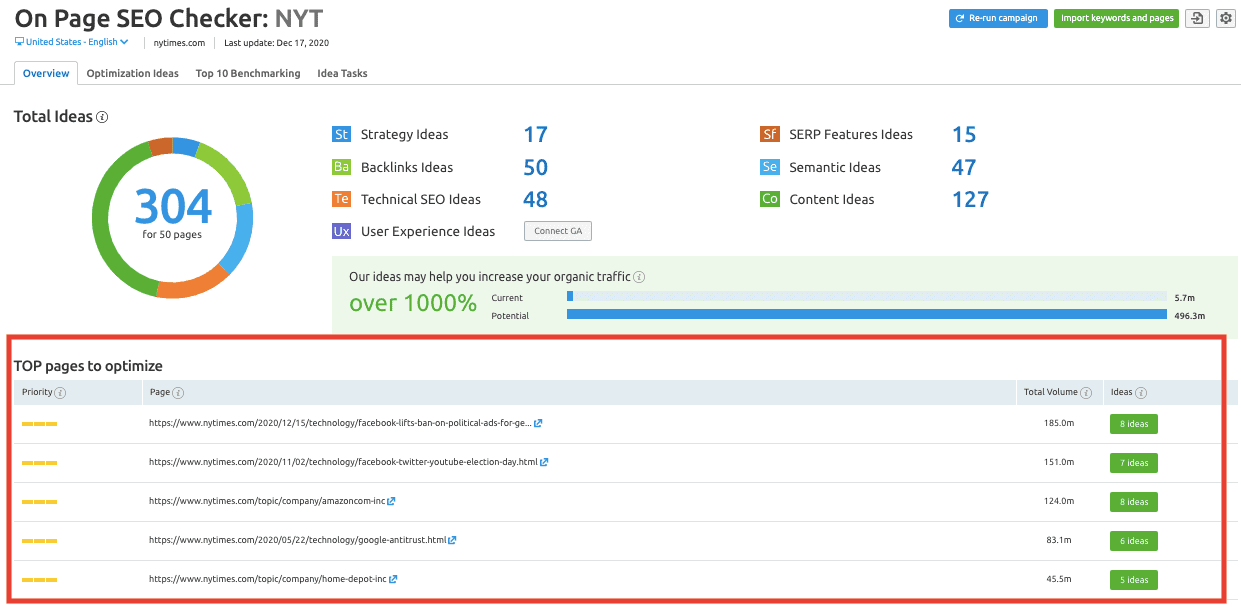
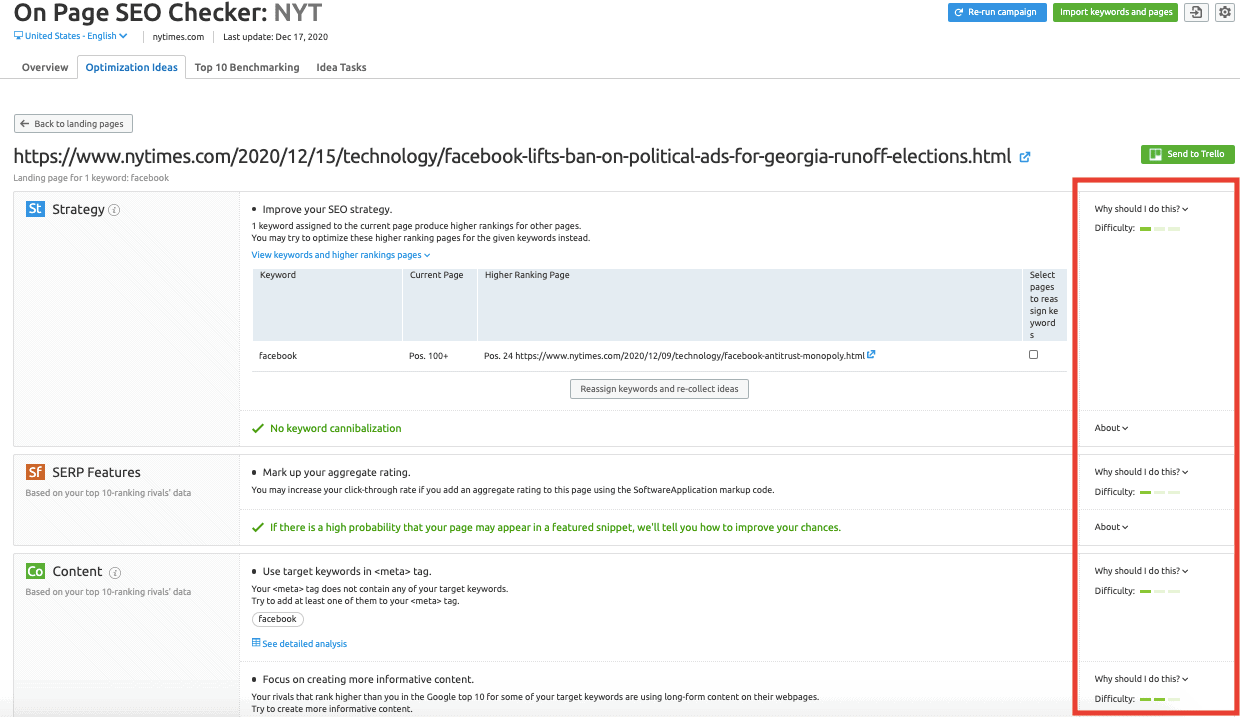
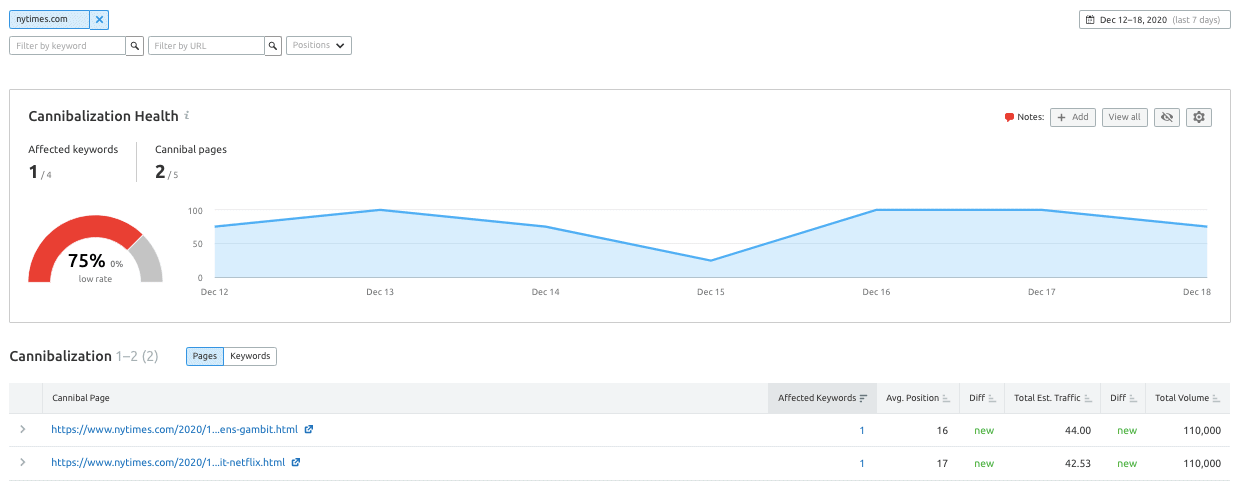
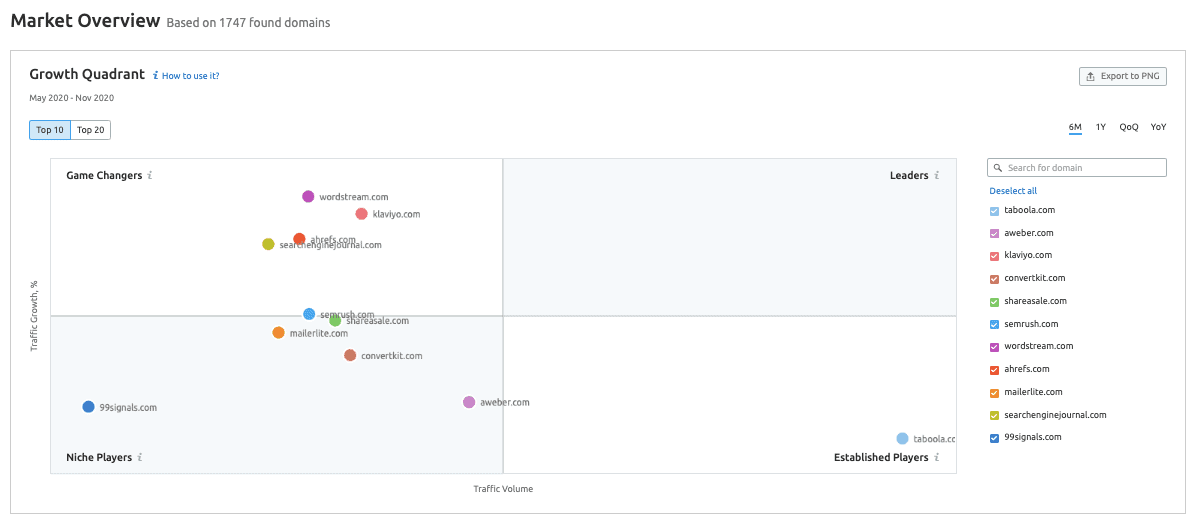
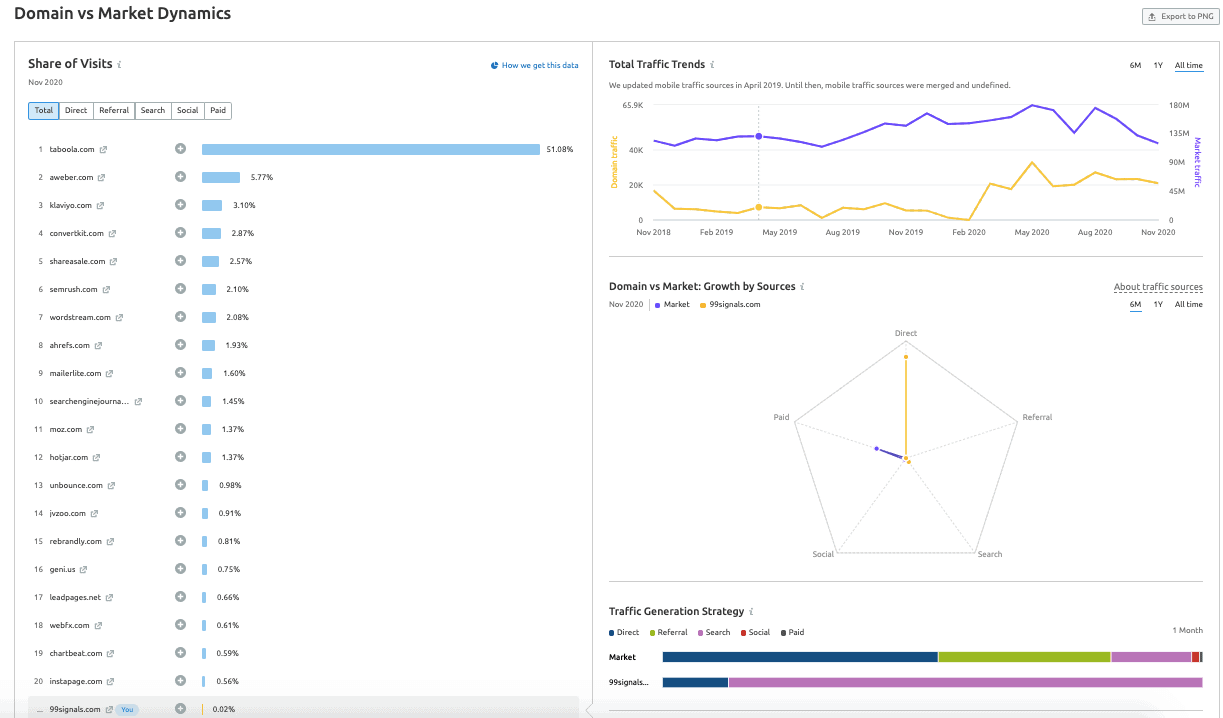
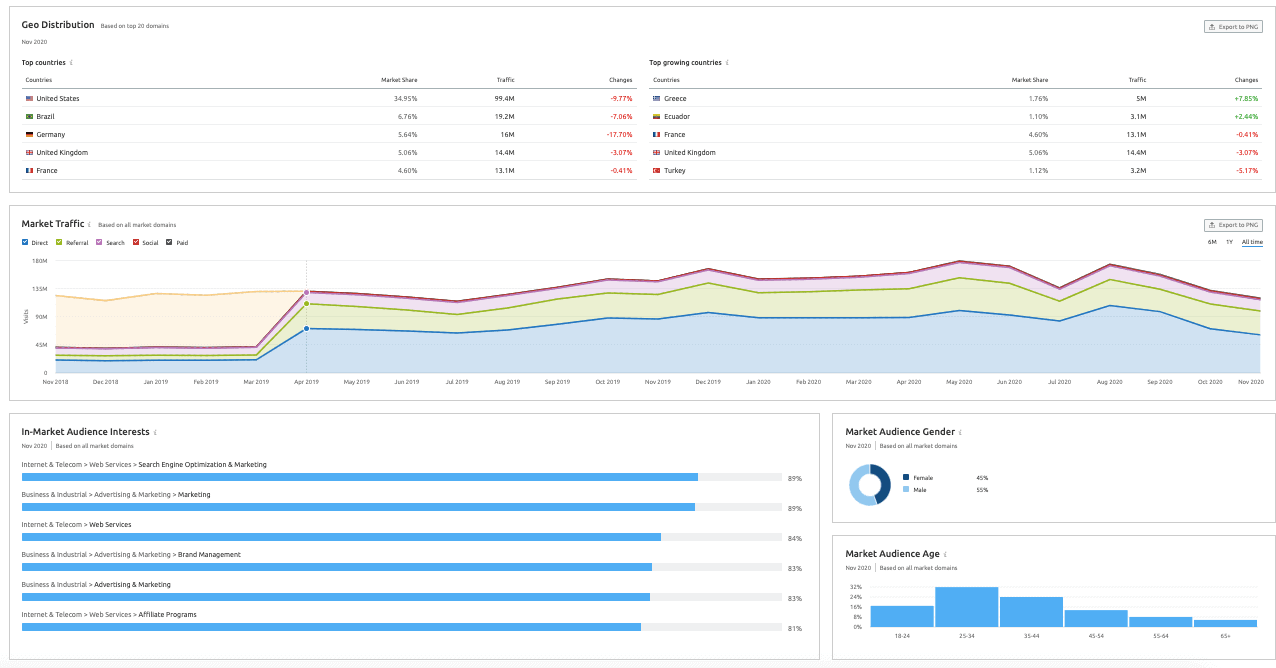
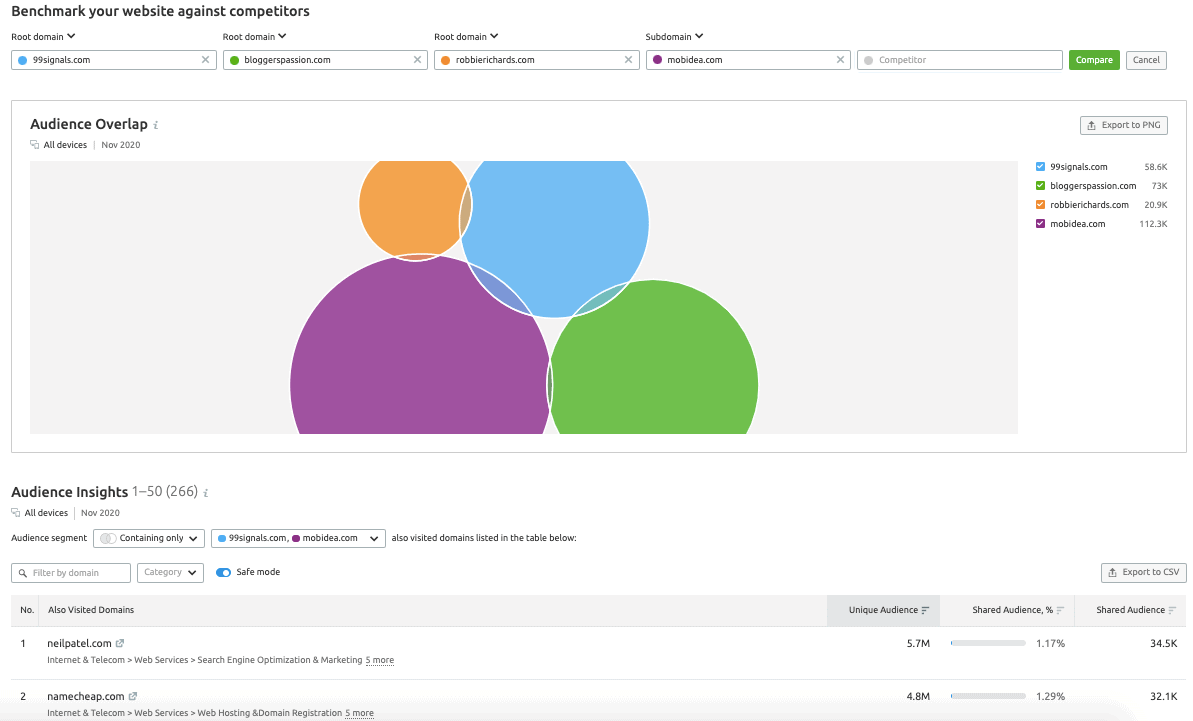
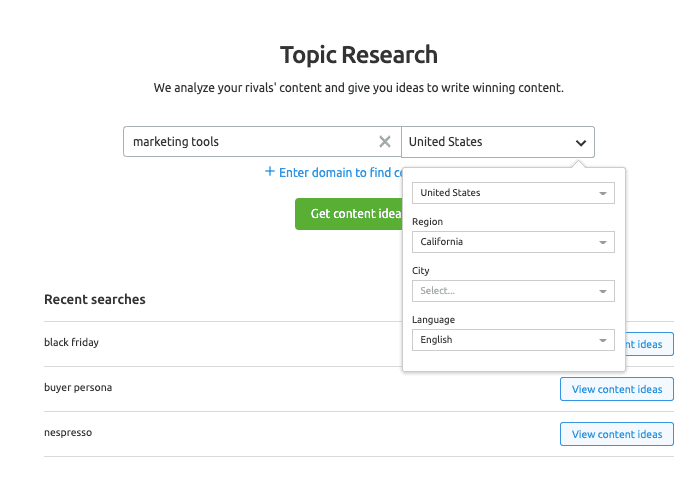
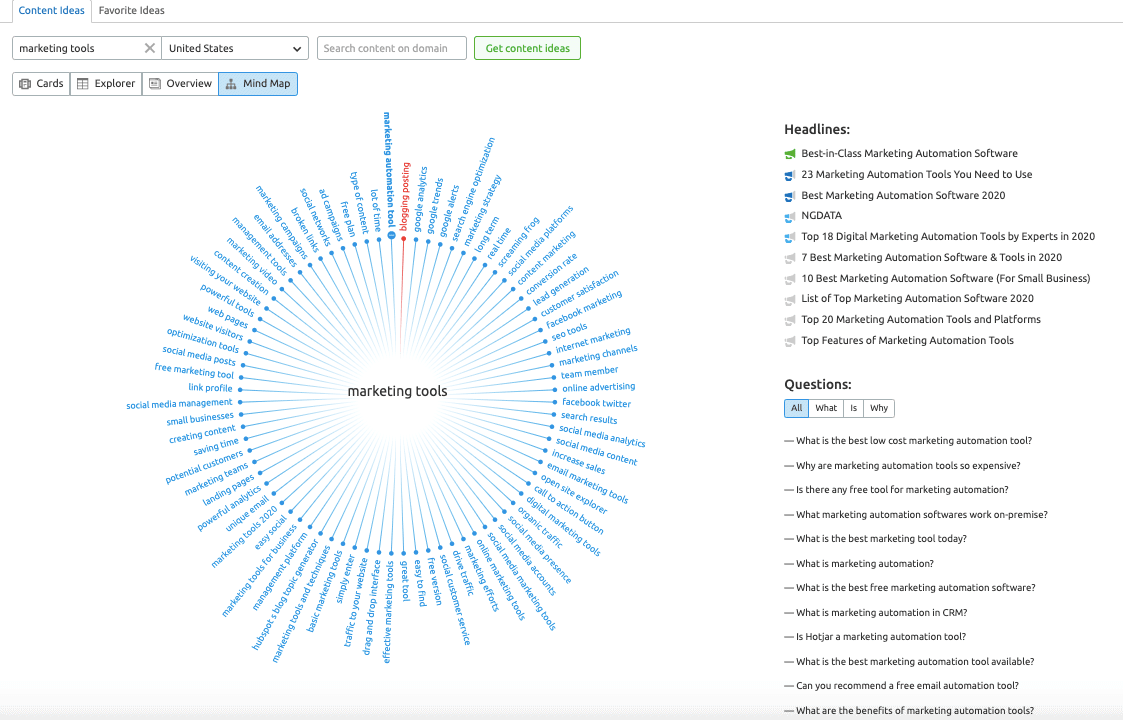


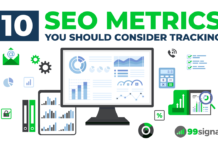



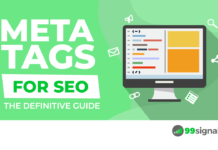


This article explained the new features of the Semrush tool. I was not aware of these features. Thanks for sharing the latest information.
Hi Sandeep
It looks like the Competitive Intelligence tools cost an extra $200 per month. Is that right? It seems a bit steep if so.
Kind regards,
Jean
SEMRush is one of the few useful SEO tools. It is able to do more than what it used to do and it continues to evolve and provide for SEO analytics needs.